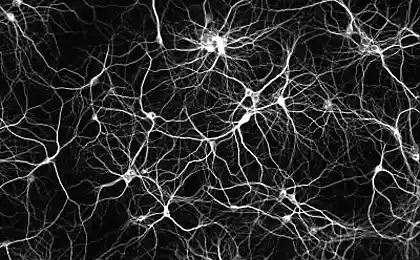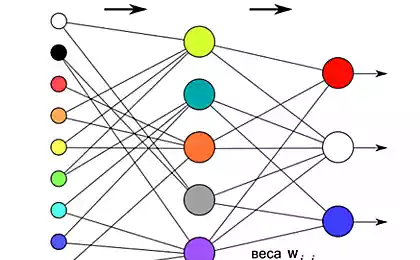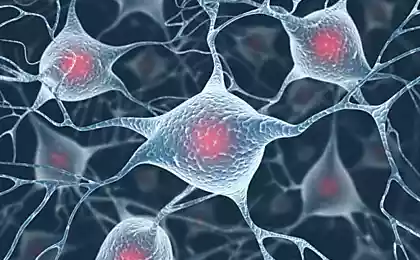200
Scientists have found one of the causes of Alzheimer’s disease
Mayo Clinic researchers have discovered a defect in a basic way of cell signaling pathway that promotes overproduction of the toxic protein, as well as loss of communication between neurons in the brains of Alzheimer's disease sufferers.
Dr. Guojun Bu explained, “This defect is likely not the only factor in the development of Alzheimer’s disease, but our results suggest that it is very important and may be therapeutically focused on the possible prevention or treatment of the disease at an early stage.”
Using mice, the researchers discovered a key defect that leads to suppressed Wnt signaling in Alzheimer’s disease. They found that the receptor for the low-density lipoprotein 6 (LRP6) protein is deficient, and that LRP6 regulates both the production of beta-amyloid, a protein that accumulates in the brains of Alzheimer’s patients, and the communication between neurons. This means that a decrease in normal LRP6 levels leads to a toxic accumulation of amyloid and reduces the ability of neurons to communicate with each other.
The scientists confirmed their findings by studying postmortem brain tissue from Alzheimer’s patients. They found that LRP6 levels were unsatisfactory and Wnt signaling was severely impaired. Specific inhibitors of this pathway are already being tested to treat cancer. “Identifying low molecular weight compounds to repair LRP6 and the Wnt pathway without causing side effects will help prevent or cure Alzheimer’s disease.” This is a really exciting new strategy, a new and fresh approach.”
Source: nauka24news.ru/
Dr. Guojun Bu explained, “This defect is likely not the only factor in the development of Alzheimer’s disease, but our results suggest that it is very important and may be therapeutically focused on the possible prevention or treatment of the disease at an early stage.”
Using mice, the researchers discovered a key defect that leads to suppressed Wnt signaling in Alzheimer’s disease. They found that the receptor for the low-density lipoprotein 6 (LRP6) protein is deficient, and that LRP6 regulates both the production of beta-amyloid, a protein that accumulates in the brains of Alzheimer’s patients, and the communication between neurons. This means that a decrease in normal LRP6 levels leads to a toxic accumulation of amyloid and reduces the ability of neurons to communicate with each other.
The scientists confirmed their findings by studying postmortem brain tissue from Alzheimer’s patients. They found that LRP6 levels were unsatisfactory and Wnt signaling was severely impaired. Specific inhibitors of this pathway are already being tested to treat cancer. “Identifying low molecular weight compounds to repair LRP6 and the Wnt pathway without causing side effects will help prevent or cure Alzheimer’s disease.” This is a really exciting new strategy, a new and fresh approach.”
Source: nauka24news.ru/
























